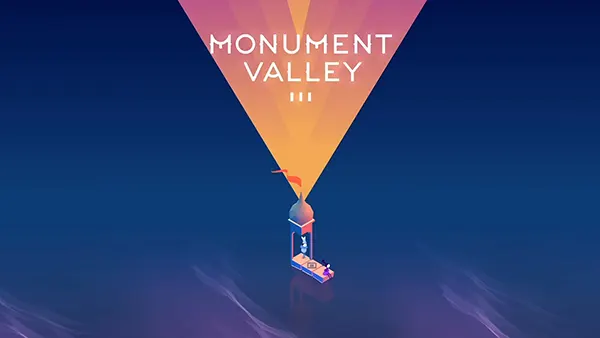Monument Valley 3: A New Chapter in Mobile Puzzle Gaming

In June 2025, ustwo games released the long-anticipated continuation of their award-winning series — Monument Valley 3. The third instalment doesn’t merely repeat the formula of its predecessors; it carefully expands upon it, presenting a deeper, more emotionally resonant experience. Maintaining the series’ core identity, the game introduces new mechanics, a dual-character narrative, and redefined spatial puzzles that reflect the studio’s maturity and growth.
Gameplay Evolution and Key Innovations
Monument Valley 3 brings a significant shift in gameplay by introducing dual-character control. Players now alternate between two protagonists whose paths interlace across intricately designed levels. This mechanic adds a new layer of complexity, demanding synchronised actions and thoughtful planning.
The game builds on its optical illusions and perspective-based environments but integrates dynamic movement, shifting gravity, and multi-step puzzle logic. Each level is designed to unfold gradually, teaching the player through experimentation rather than instruction. This approach enhances the flow while preserving the minimalist storytelling approach that defines the series.
Bonus stages and hidden content enrich the experience further. These levels reward observational skills and logical thinking, providing seasoned players with a worthy challenge. Despite the complexity, accessibility is carefully preserved — the game’s learning curve is gentle, welcoming to newcomers without compromising depth.
Visual Identity and Sound Design
The art direction in Monument Valley 3 remains faithful to its roots — geometric beauty inspired by architectural surrealism, colour theory, and sacred geometry. However, there’s more thematic cohesion in this entry, with each world telling a silent story through shape, structure, and light.
Sound design plays a subtle but powerful role. Ambient tones evolve in harmony with visual shifts, enhancing immersion. The adaptive soundtrack reacts to user interaction, underscoring both emotional narrative beats and mechanical achievements.
Unlike many mobile games, Monument Valley 3 uses audio as a storytelling device, not just as background enhancement. The result is a meditative, cinematic experience that invites reflection as much as engagement.
Narrative Themes and Emotional Depth
This sequel presents a richer emotional landscape. The story revolves around two characters — a mother and daughter — as they navigate separation, connection, and reconciliation. The narrative unfolds without dialogue, relying on visual cues and environmental storytelling.
The game reflects on themes of growth, legacy, and guidance. Each puzzle metaphorically represents a phase in their journey, from misunderstanding and distance to empathy and reunion. The pacing respects the player’s space, allowing them to interpret and absorb at their own rhythm.
Monument Valley 3 proves that narrative in mobile games doesn’t need to be loud or explicit to resonate. Its storytelling is subtle, universal, and deeply human — a rare feat in the genre.
Connection to Previous Installments
While Monument Valley 3 stands on its own, it offers layered connections to the first two entries. Returning players will notice visual motifs and level transitions that echo past adventures, forming an unspoken continuity.
However, it avoids being overly self-referential. Newcomers can fully enjoy the experience without prior knowledge, while long-time fans gain extra depth through contextual callbacks and familiar iconography.
This balance reinforces ustwo’s strength as storytellers — they understand their audience but never underestimate new players. Every detail serves a purpose, from visual echoes to structural parallels, enriching the overarching mythos.

Technical Performance and Availability
Monument Valley 3 is available for both Android and iOS devices, optimised for a broad range of screen sizes and operating systems. The game runs smoothly even on mid-range devices, thanks to thoughtful engineering and lightweight asset management.
It offers optional haptic feedback, high-contrast modes, and language localisation in over a dozen languages. These features reflect a commitment to inclusivity and player accessibility, aligning with modern industry standards.
There are no intrusive microtransactions. The game follows a one-time purchase model, reinforcing its identity as a premium, artistically driven product rather than a monetisation funnel.
Final Verdict and Industry Impact
Monument Valley 3 confirms that mobile gaming can be more than entertainment — it can be artistry, reflection, and innovation in equal measure. It offers substance without spectacle, emotion without excess, and design without distraction.
The release sets a benchmark not only for mobile puzzle games but for the entire mobile medium. It demonstrates that depth, restraint, and coherence can triumph over trend-chasing mechanics and superficial aesthetics.
As of June 2025, it stands as one of the most refined mobile experiences available — a quiet revolution dressed in minimalist elegance. Monument Valley 3 does not shout for attention; it earns it through craft, care, and conviction.
